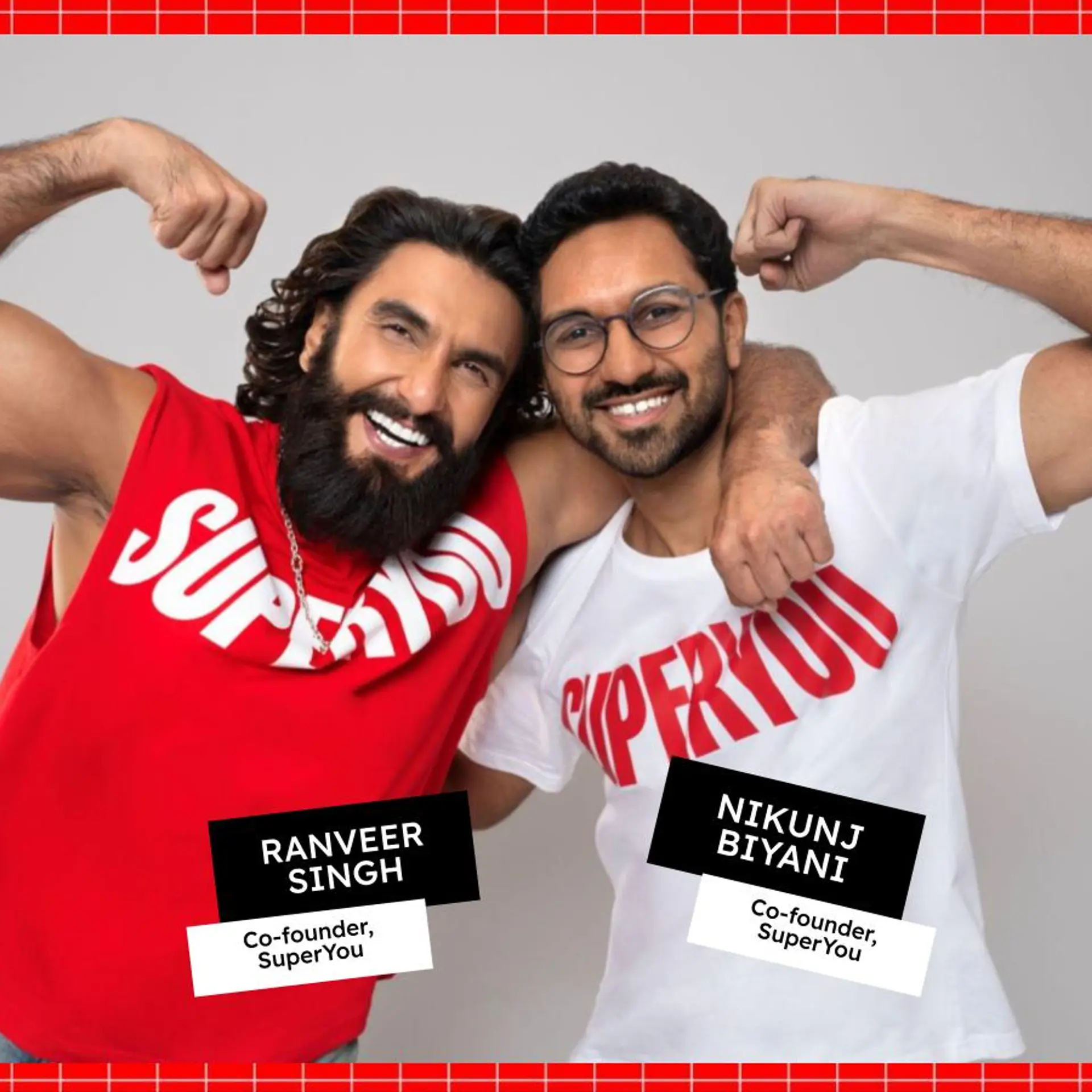This cartoonist is making the world green, one sketch at a time
Rohan Chakravarty, a cartoonist and illustrator from Nagpur, is the creator of Green Humour—a series of cartoons, comics, and illustrations focused on wildlife, nature conservation, sustainability, and all things green.
Imagine a world where penguins balance their nests on thin ice, tigers worry about their future, and whales dump marine plastic waste right back at us.
Rohan Chakravarty has brought this world to life in his latest book, Sea Ice? Now You Don’t! From the tropical mangroves to the icy poles, the cartoonist sparks discussions about ecology and nature conservation.
Chakravarty, a cartoonist and illustrator from Nagpur, is the creator of Green Humour—a series of cartoons, comics, and illustrations focused on wildlife, nature conservation, sustainability, and all things green.
“Cartoons are satire, and they tend to be analytical. They need the reader to be analytical and encourage them to pause and form their own opinions,” he tells SocialStory, adding that humour is a good and appealing way of communicating important issues like the environment.
“Humour and satire act like a slap on one cheek and a kiss on the other, as it highlights the seriousness of an issue and makes the topic more approachable,” he says.
The born artist
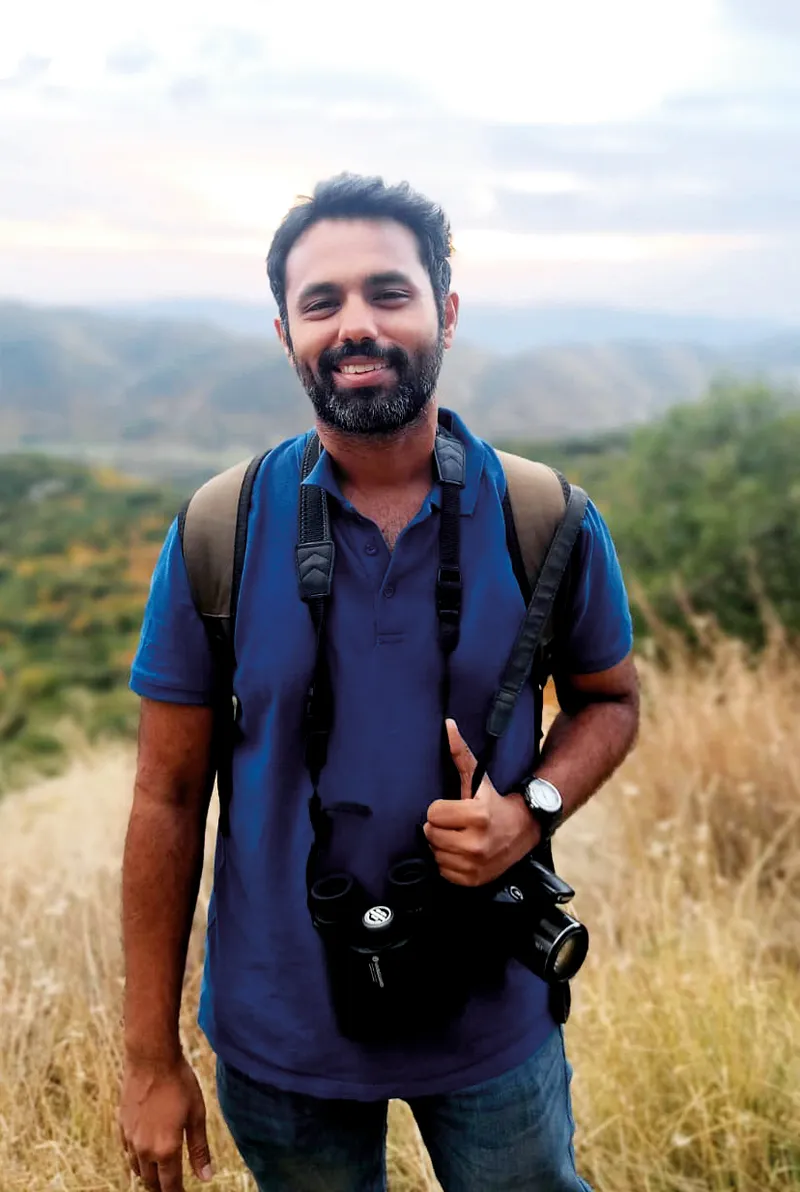
Rohan Chakravarty
Chakravarty was drawn to cartoons, like many children. He would get scolded for doodling on school desks and his textbooks. However, it didn’t stop him from sketching comic books based on cartoons he saw on TV. Although, he reimagined them with him as the protagonist, with a few more imaginary characters.
The turning point happened for Chakravarty when he and his brother joined an NGO in Nagpur as volunteers. During his first wildlife safari, he saw a tigress, and that scene sparked the idea to start drawing cartoons/characters inspired by the wildlife world.
However, when it came to choosing a career, Chakravarty never considered becoming a cartoonist. Instead, he pursued medicine and became a dentist— a choice he didn’t think much about.
“When I did my first tooth extraction in college, I realised this wasn't what I wanted to do. That's when I began to think about art seriously and find out more about how I can have a career in animation,” he adds.
Soon, Chakravarty started working as an animation designer in a Bengaluru company. “I worked in a film studio and realised that to communicate more serious issues, like environmental governance and injustices, I needed a medium that allowed for deeper engagement,” the cartoonist says.
“I found that animation often imposes opinions on viewers, rather than encouraging them to pause and form their thoughts. That’s why I chose cartoons as my medium,” he says.
This sparked the idea of Green Humour in 2013. He adds, “Wildlife conservation and ecology needed a creative approach to communication, as it was lacking at the time. I realised that as a cartoonist, I could use it to convey facts about wildlife and conservation.”
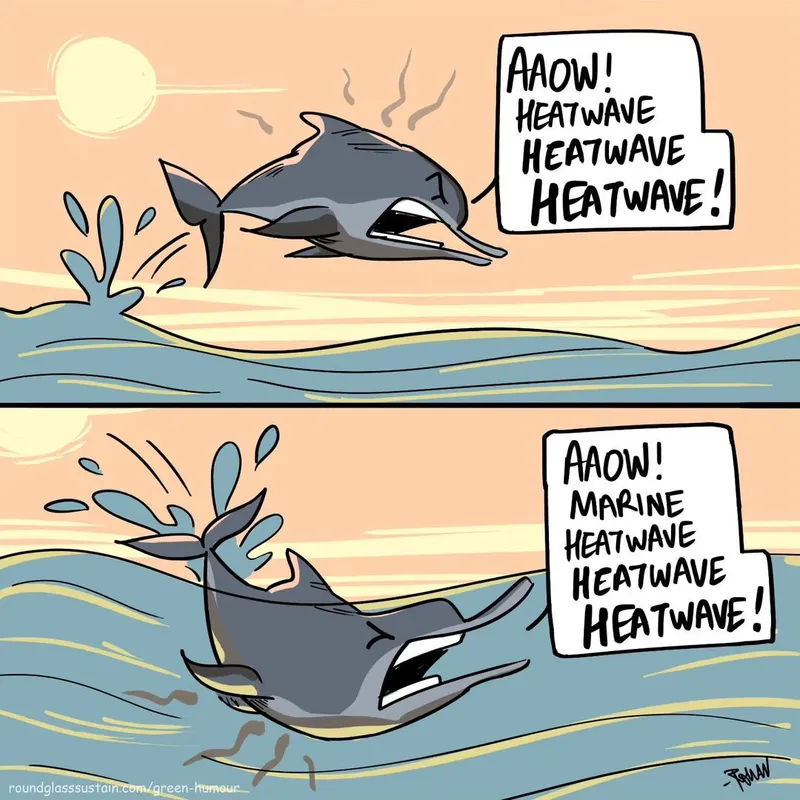
Rohan Chakravarty is the creator of Green Humour —a series of cartoons, comics, and illustrations focused on wildlife.
Chakravarty presented his work to GoComics—the world's largest platform for classic comic strips like Calvin and Hobbes—and Green Humour debuted on it in December 2013, becoming the first series of cartoons and comic strips from India to go global.
What followed were print publications offering Chakravarty columns in their newspapers and an exhibition of his illustrations in Bengaluru in 2014.
After three years, he quit his job in 2014 and has since been focusing on Green Humour.
The Green Humour
As a cartoonist, Chakravarty’s work is not simply saying or drawing something funny, but it involves a lot of understanding and research.
He explains, “I enjoy engaging with science, even without a formal background in it. Like my readers, I'm a layman, which helps me balance humour and hard science. I know my audience prefers relatable and enjoyable content over academic papers.”
Chakravarty believes that working with numerous scientists and organisations on ecological projects has enhanced his understanding of how wildlife conservation functions in India and abroad.
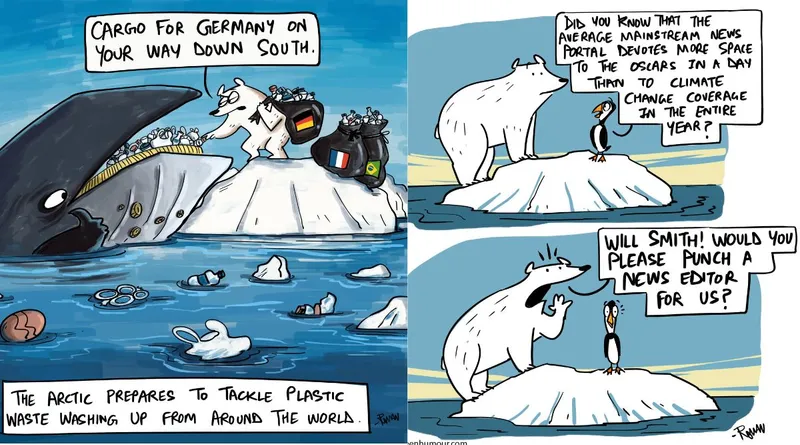
A glimpse of Rohan Chakravarty's work
He has published nine books, including Naturalist Ruddy: Adventurer. Sleuth. Mongoose, which won the Best Book in the Children's Non-Fiction category at the Bangalore Literature Festival in 2021. It features a self-proclaimed detective mongoose who observes nature and treats his findings as crime scenes.
Pugmarks and Carbon Footprints, The Great Indian Nature Trail with Chunmun, and Making Friends with Snakes are some of his other books.
Making Friends with Snakes, translated into 14 regional languages, has won in the Children's Category at the Green Literature Festival 2021.
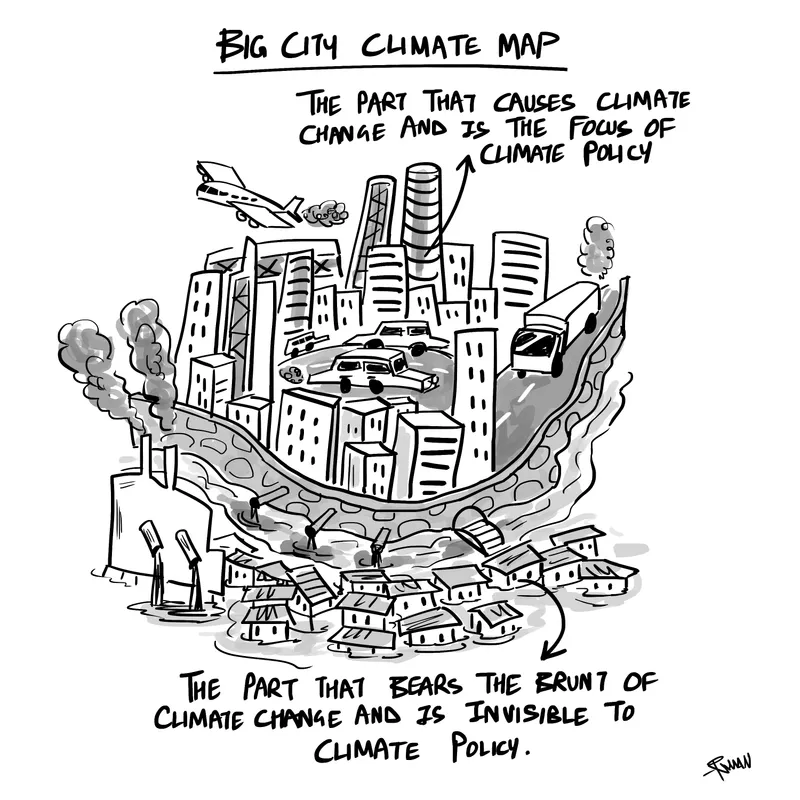
Rohan's work is focused on wildlife, nature conservation, sustainability, and all things green.
Chakravarty explains that his readership includes kids as well as a large number of adult readers. “I do not think about an age group when I approach cartooning. If there is something that I can learn and retain through cartooning, then I'm sure that my reader will find it enjoyable,” he adds.
Besides his books, he has worked as an illustrator for other books and projects. He has created several wildlife maps, including that of Goa, the Sunderban Biosphere Reserve, and more.
Additionally, Chakravarty has produced live cartoons for the Global Resilience Partnership's Cop Resilience Hub sessions at COP28. He also contributed to the impact campaign for Gunjan Menon's National Geographic film, Looking for Lao Mura, which focuses on the endangered Black Softshell Turtle.
Challenges
The media landscape has changed drastically now, and so has the consumption of cartoons.
“I can see and gauge that cartooning is losing popularity among young readers because they want something quicker, snappier, and even more readily digestible. We have a generation of scrollers and not readers, and that's not really how you engage with something like cartoons,” he adds.
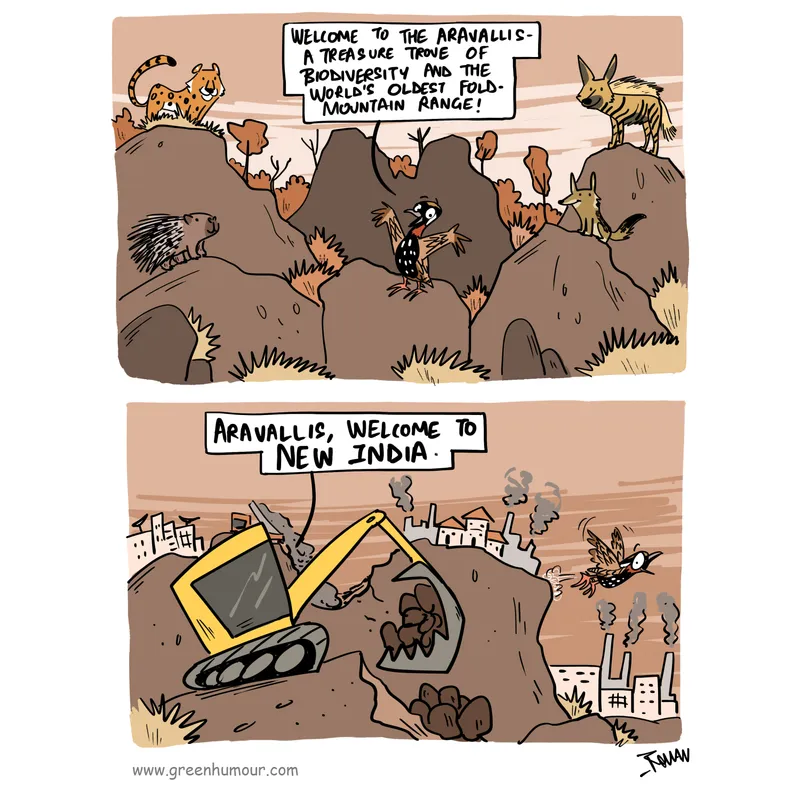
Rohan has published nine books so far.
It took Chakravarty a long time to convince newspaper editors to take his work seriously. He believes many people think that cartoons with animal characters are for cinema.
The struggle didn’t stop there; he was rejected eight times by publishers when he pitched his first compilation of Green Humour comics. Editorial censorship also plays a crucial role in the type of content that gets published.
Despite these challenges, Chakraverty feels he has made a space for himself. “There are challenges and certain nuances to communicating these issues, which I’m constantly evolving with each piece I work on,” he says.
Edited by Suman Singh







